Driving along National Highway 49B, the section passing through Huong Phong and Hai Duong communes (Hue City) on May 24, we witnessed the scene of burning fields, smoke billowing, spreading to the traffic road. This caused great obstacles, posing a potential risk of accidents for vehicles on this route.
Mr. Duong Ngoc Long in Quang Ngan Commune (Quang Dien) believes that the burning of rice fields must be stopped because it is too dangerous for road users. Every time he travels on National Highway 49B, through Huong Phong Commune, Hai Duong after harvesting rice, Mr. Long has to stop his car and walk for several sections to avoid accidents due to the smoke from burning fields.
Although the authorities have repeatedly warned and propagated about handling administrative violations against the act of burning rice fields, many people still defy, brazenly and openly burning straw. Walking around many rice fields in the province, it is easy to see that the scene of burning rice fields is very common after the winter-spring rice harvest.
According to the people's explanation, burning straw right in the field is to save the effort of collecting straw, and to plow the land and plant summer-autumn rice in time. However, people are not aware of the dangers and long-term harm to the environment and human health caused by burning straw in the field. While there are currently many measures to collect straw that can be applied, such as selling straw to rolling machine owners, collecting straw to compost as organic fertilizer, storing it as animal feed...
According to environmental experts, burning straw directly in the fields causes many times more harm than it brings. When burned, the ash of straw only provides a very small amount of nutrients. Burning straw also causes a large amount of water in the soil to evaporate, drying out the fields. If burned repeatedly, the soil will be degraded and become hard and dry. Burning straw also causes fine dust pollution, which is a very worrying type of pollution.
Burning straw not only creates huge dangers to human health but also contributes to global warming. Not only that, this activity also produces carbon dioxide, methane and nitrous oxide, which are greenhouse gases, causing global climate change.
Recently, the Provincial Agricultural Extension Center has successfully tested a post-harvest straw rolling machine model, bringing positive results. Many units and individuals have also purchased straw rolling machines, which not only bring economic efficiency, but also help limit the burning of straw in the fields. However, the number of straw rolling machines in the province is currently small, not meeting the demand for collecting straw in the fields.
Instead of burning straw in the fields, people can utilize and collect straw to feed livestock, cover the soil to grow vegetables, colors, mushrooms, etc. The authorities in the province have also successfully researched a method of producing fertilizer from straw in the fields using microbiological technology, processing straw into organic fertilizer, saving costs and being environmentally friendly.
According to calculations, for every ton of organic fertilizer from straw, farmers save an amount of NPK fertilizer equivalent to nearly 500 thousand VND. Using organic fertilizer from straw also creates a closed cycle in farmers' rice production, both solving environmental pollution and bringing economic benefits, increasing productivity and improving soil.
| Recently , the Provincial Agricultural Extension Center built a model of composting organic fertilizer from agricultural by-products at An Lo Agricultural Cooperative (Phong Dien) . The process of producing organic fertilizer completely uses available raw materials from agricultural by-products such as straw, grass, peanut stalks, etc. combined with properly processed manure and biological products. Within 2-3 months, each household participating in the model produced more than 2 tons of good quality organic fertilizer . |
Source








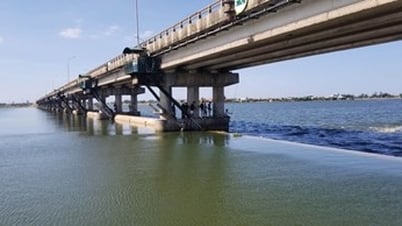
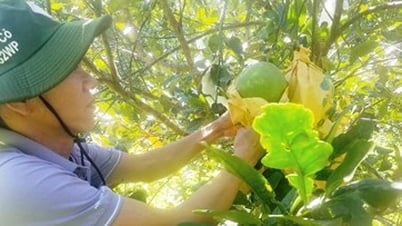
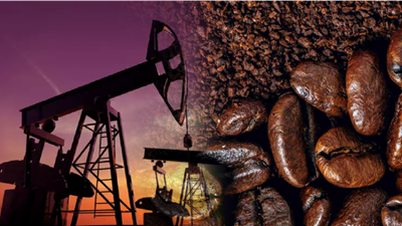


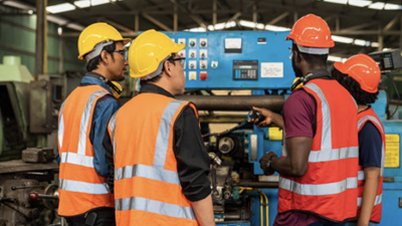




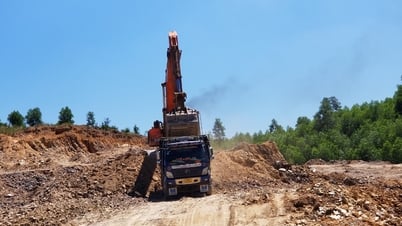

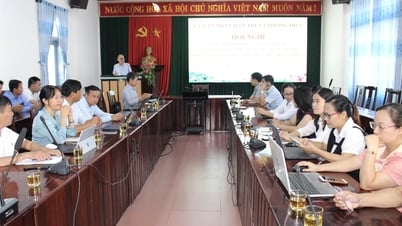


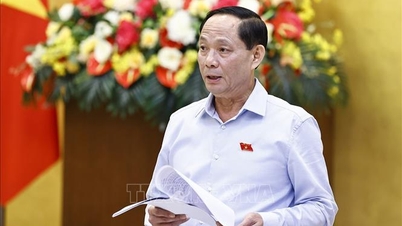

















































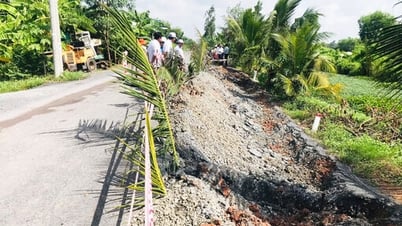

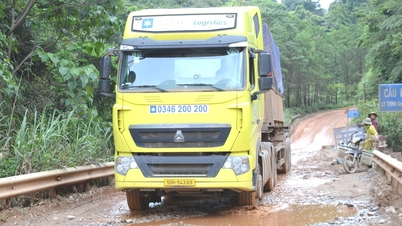



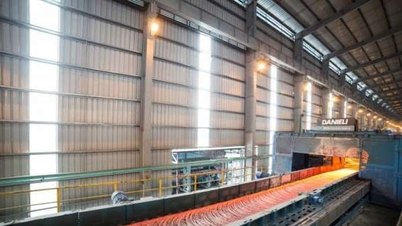
















Comment (0)